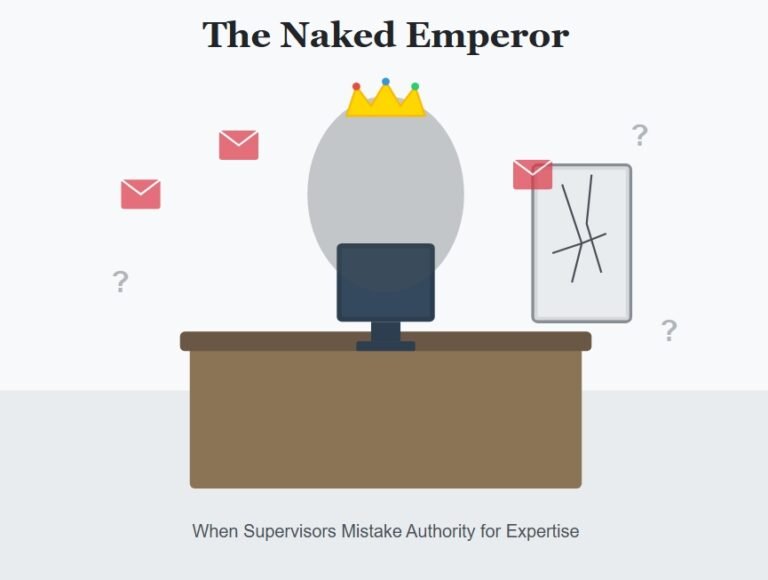5 Leadership Theories
In this section on leadership theories, we recognize that your formal education most
likely went into great depth about each of the theories. What follows is a refresher on
the basics of the leadership theories that will help you with your OD and HR initiatives.
There are five basic schools of leadership theories: trait theory, behavioral school,
contingency or situational school, leaders and followers, and dispersed leadership.
Trait Theory Basically, it asserts that leaders were born and not made, and
the focus was on personal characteristics and attributes that included mental and physical abilities.
It has been called the great personal leadership theory with its assumption that leaders are different
from the average person. The five traits identified are as follows:
- Intelligence
- Dominance
- Self-confidence
- High levels of energy and vitality
- Task or technical relevance knowledge
Behavioral School The behavioral school theory focuses on a leader’s ability to
manage the performance and contribution of others, those they manage. Douglas
McGregor’s Theory X and Theory Y and Blake-Mouton apply to the behavioral school
theory. The behavioral school identifies two dimensions of leadership behavior—focused
on the employee and focused on the job to do. Consideration is the employee-centered
behavior; initiating structure is job-oriented behavior.
McGregor’s theory offers two approaches to motivating employees: Theory X, which
suggests an authoritative management style because it assumes that employees inherently
do not like to work and must be controlled and closely monitored; and Theory Y, which
suggests a participative style of management, under the belief that employees dislike
controls and inherently want to do their best. It is obvious to see that a Theory Y type
supervisor will provide better leadership and produce greater satisfaction.
Another theory in the behavioral school is the situational leadership model developed
originally in 1964 by Robert R. Blake and Jane Mouton and later updated by them.
It is a managerial grid model that identifies five different leadership styles based on the
concern for people and the concern for production.
The types of leaders/managers are as follows:
• Impoverished style: evade and elude In this style, managers have low
concern for both people and production. Managers use this style to preserve job
and job seniority, protecting themselves by avoiding getting into trouble. The
main concern for the manager is not to be held responsible for any mistakes,
which results in less innovative decisions.
• Country club style: yield and comply This style has a high concern
for people and a low concern for production. Managers using this style pay
much attention to the security and comfort of the employees, in hopes that this
will increase performance. The resulting atmosphere is usually friendly but not
necessarily very productive.
• Produce or perish style: control and dominate With a high concern
for production and a low concern for people, managers using this style find
employee needs unimportant; they provide their employees with money and
expect performance in return. Managers using this style also pressure their
employees through rules and punishments to achieve the company goals. This
style is often used in cases of crisis management.
• Middle-of-the-road style: balance and compromise Managers using
this style try to balance between company goals and workers’ needs. By giving
some concern to both people and production, managers who use this style hope
to achieve suitable performance, but doing so gives away a bit of each concern so
that neither production nor people’s needs are met.
• Team style: contribute and commit In this style, high concern is paid
both to people and to production. Managers choosing to use this style encourage
teamwork and commitment among employees. This method relies heavily on
making employees feel like they’re constructive parts of the company.
• The opportunistic style: exploit and manipulate Individuals using this style,
which was added to the grid theory before 1999, do not have a fixed location on
the grid. They adopt whichever behavior offers the greatest personal benefit.
• The paternalistic style: prescribe and guide This style was added to the grid
theory before 1999. Managers using this style praise and support but discourage
challenges to their thinking.



